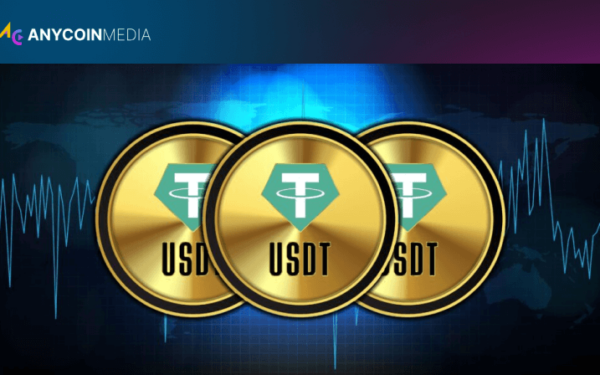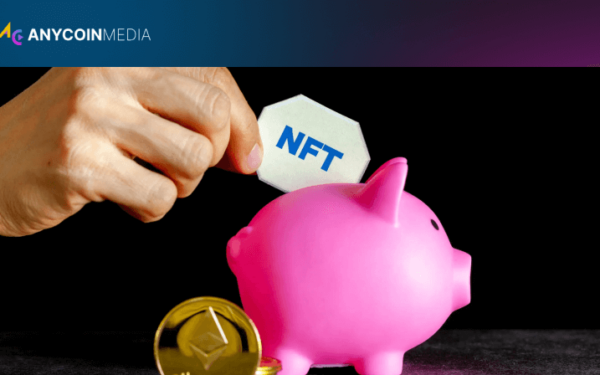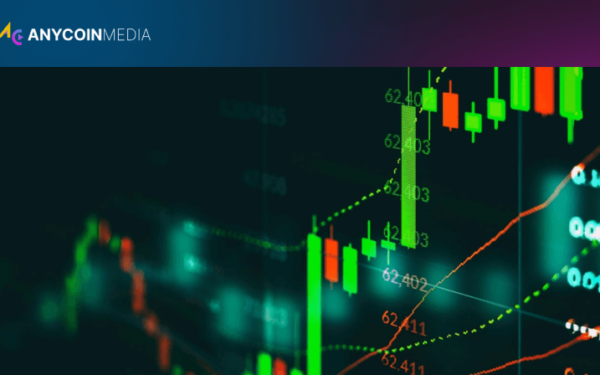
What is crypto margin trading?
Crypto margin trading is a method of trading digital assets using borrowed funds to increase potential profits. This advanced trading technique allows investors to open positions larger than their account balance would typically permit, amplifying both gains and losses. In the volatile cryptocurrency market, margin trading has gained popularity among experienced traders seeking to capitalize on short-term price movements and maximize their trading capital efficiency.
Understanding the Basics of Crypto Margin Trading
Margin trading in cryptocurrencies involves several key components:
- Leverage: The ratio of borrowed funds to the trader’s own capital;
- Margin: The amount of trader’s own funds required to open a leveraged position;
- Liquidation price: The price at which a position will be automatically closed to prevent further losses;
- Funding rate: The cost of borrowing funds, often paid periodically.
These elements work together to create a trading environment where investors can potentially realize significant profits from relatively small market movements. However, this increased profit potential comes with a proportional increase in risk.
How Crypto Margin Trading Works
The process of margin trading in cryptocurrencies typically follows these steps:
- Depositing initial capital into a margin account;
- Selecting a desired leverage ratio (e.g., 2x, 5x, 10x, or higher);
- Opening a long (buy) or short (sell) position;
- Monitoring the position as market prices fluctuate;
- Closing the position or facing potential liquidation if losses approach the initial margin.
This mechanism allows traders to control larger positions with a smaller amount of capital, potentially magnifying profits. However, it’s crucial to note that losses are also amplified, and the risk of total loss of invested capital is significant.
Types of Crypto Margin Trading
Margin trading in the cryptocurrency market comes in two primary forms:
- Isolated margin: Where the margin is isolated to individual positions, limiting potential losses to the allocated margin;
- Cross margin: Where the margin is shared across all open positions, potentially using the entire account balance to avoid liquidation.
Each type has its advantages and risks, with isolated margin offering more precise risk management and cross margin providing more flexibility in using available funds.
Leverage in Crypto Margin Trading
Leverage ratios in crypto margin trading can vary widely:
- Low leverage: 2x to 5x;
- Medium leverage: 10x to 20x;
- High leverage: 50x, 100x, or even higher.
The choice of leverage significantly impacts both potential profits and risks. Higher leverage can lead to substantial gains from small price movements but also increases the risk of rapid liquidation during market volatility.
Risk Management in Crypto Margin Trading
Effective risk management is crucial in margin trading due to the heightened risk of significant losses. Key risk management strategies include:
- Setting appropriate stop-loss orders;
- Using lower leverage to reduce liquidation risk;
- Diversifying margin trades across different assets;
- Regularly monitoring open positions;
- Employing proper position sizing based on account equity.
Implementing these strategies can help traders mitigate the inherent risks of margin trading and protect their capital from catastrophic losses.
Advantages of Crypto Margin Trading
Margin trading in cryptocurrencies offers several potential benefits:
- Amplified profits from successful trades;
- Ability to open larger positions with limited capital;
- Opportunity to profit from both rising and falling markets through long and short positions;
- Increased capital efficiency;
- Potential for higher returns on investment.
These advantages make margin trading an attractive option for experienced traders looking to maximize their trading opportunities in the cryptocurrency market.
Risks and Drawbacks of Crypto Margin Trading
Despite its potential benefits, margin trading comes with significant risks:
- Amplified losses, potentially exceeding the initial investment;
- Higher likelihood of account liquidation during market volatility;
- Increased stress and emotional pressure due to larger position sizes;
- Complexity in managing multiple leveraged positions;
- Potential for addiction-like behavior due to the high-stakes nature of trading.
These risks underscore the importance of thorough education, careful strategy development, and disciplined risk management for anyone considering crypto margin trading.
Popular Cryptocurrencies for Margin Trading
While margin trading is available for many cryptocurrencies, some are more commonly traded on leverage:
- Bitcoin (BTC);
- Ethereum (ETH);
- Ripple (XRP);
- Litecoin (LTC);
- Bitcoin Cash (BCH).
These cryptocurrencies often have higher liquidity and more stable funding rates, making them attractive for margin traders. However, the availability of specific assets for margin trading can vary between exchanges.
Crypto Exchanges Offering Margin Trading
Several cryptocurrency exchanges provide margin trading facilities:
- BitMEX: Known for high leverage options;
- Binance: Offers both isolated and cross margin;
- Kraken: Provides margin trading for a variety of cryptocurrencies;
- Bitfinex: Features a sophisticated margin funding market;
- FTX: Specializes in derivative products including leveraged tokens.
Each exchange has its own rules, leverage limits, and fee structures for margin trading. Traders should carefully compare these factors before choosing a platform for their margin trading activities.
Regulatory Considerations in Crypto Margin Trading
The regulatory landscape for crypto margin trading varies globally:
- Some jurisdictions have banned or severely restricted crypto margin trading;
- Many countries require exchanges to implement strict KYC and AML procedures;
- Regulatory bodies often issue warnings about the risks of leveraged crypto trading;
- Some regions limit the maximum leverage available to retail traders;
- Tax implications of margin trading can be complex and vary by jurisdiction.
Traders must be aware of the regulatory environment in their location and comply with all relevant laws and regulations.
Strategies for Successful Crypto Margin Trading
Experienced margin traders often employ specific strategies to maximize profits while managing risks:
- Scalping: Making multiple small trades to profit from minor price movements;
- Grid trading: Setting up a grid of buy and sell orders at different price levels;
- Arbitrage: Exploiting price differences between exchanges;
- Momentum trading: Following strong market trends with leveraged positions;
- Mean reversion: Betting on prices returning to average levels after extremes.
These strategies require careful implementation and constant monitoring, especially when applied with leverage.
Margin traders rely on various tools and indicators to inform their decisions:
- Technical analysis charts and patterns;
- Volume indicators to confirm price movements;
- Oscillators like RSI and MACD for overbought/oversold conditions;
- Order book depth charts to gauge market liquidity;
- Funding rate indicators for perpetual swaps.
Utilizing these tools can help traders make more informed decisions about entry and exit points, leverage levels, and risk management.
The Psychology of Margin Trading
The psychological aspects of margin trading are crucial and often overlooked:
- Heightened emotional responses due to larger position sizes;
- Increased stress from the risk of liquidation;
- Potential for overconfidence after successful leveraged trades;
- Fear of missing out (FOMO) leading to excessive risk-taking;
- Difficulty in accepting losses and closing losing positions.
Developing a strong trading psychology and emotional control is essential for long-term success in crypto margin trading.
Future Trends in Crypto Margin Trading
The landscape of crypto margin trading continues to evolve:
- Integration of decentralized finance (DeFi) protocols for margin trading;
- Development of more sophisticated risk management tools;
- Increased regulatory scrutiny and potential standardization of practices;
- Innovation in derivative products tied to cryptocurrencies;
- Growing institutional participation in leveraged crypto trading.
These trends are likely to shape the future of margin trading in the cryptocurrency market, potentially leading to more advanced trading options and improved risk management capabilities.





